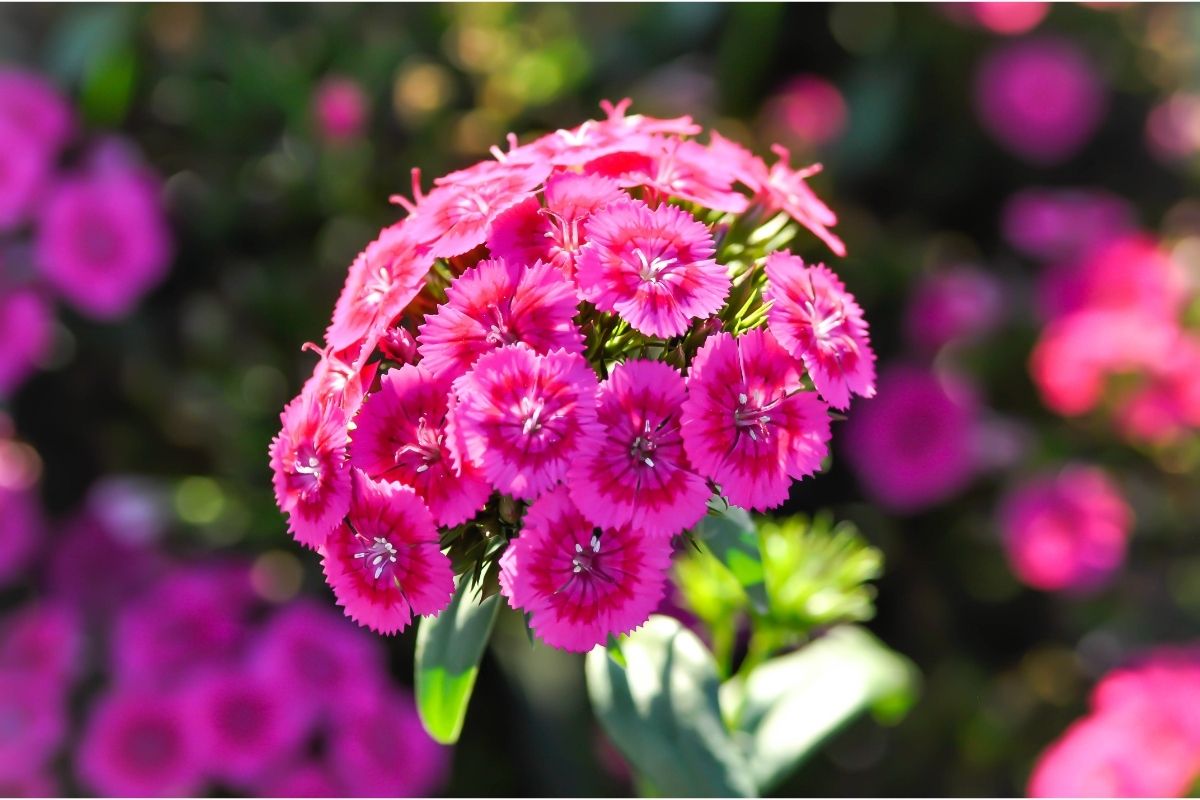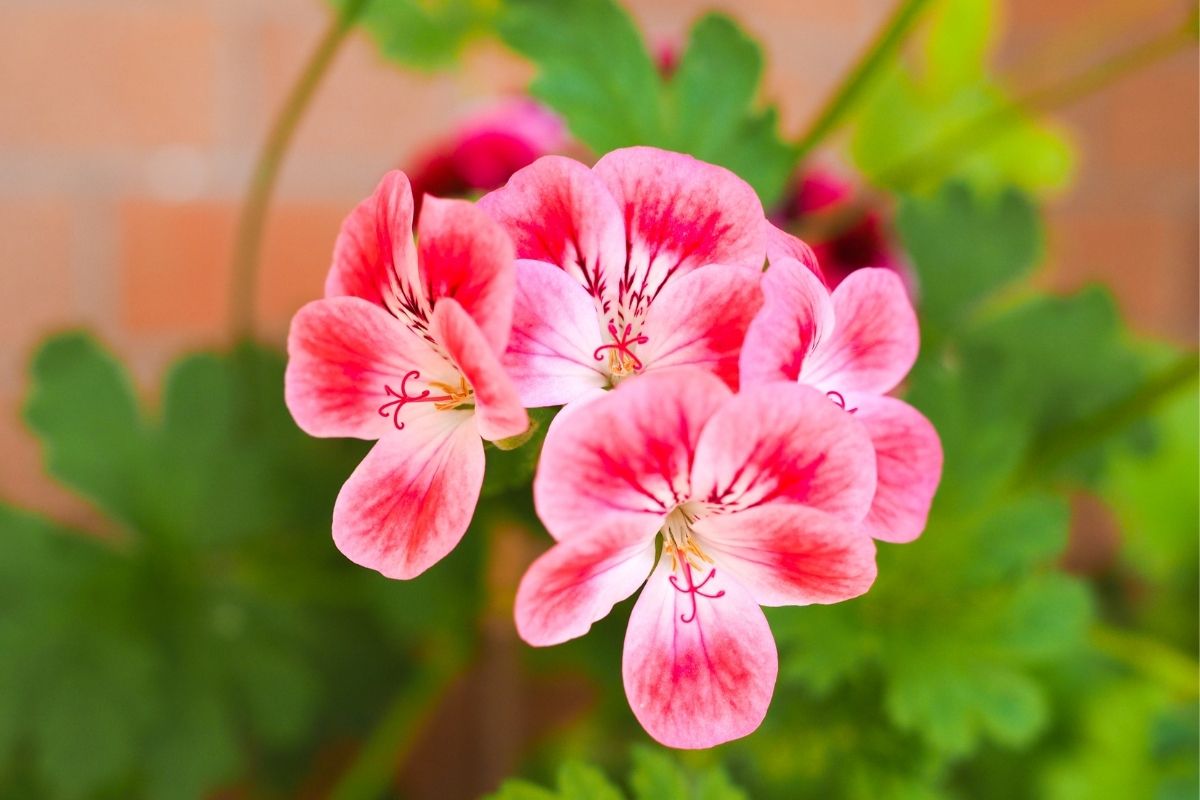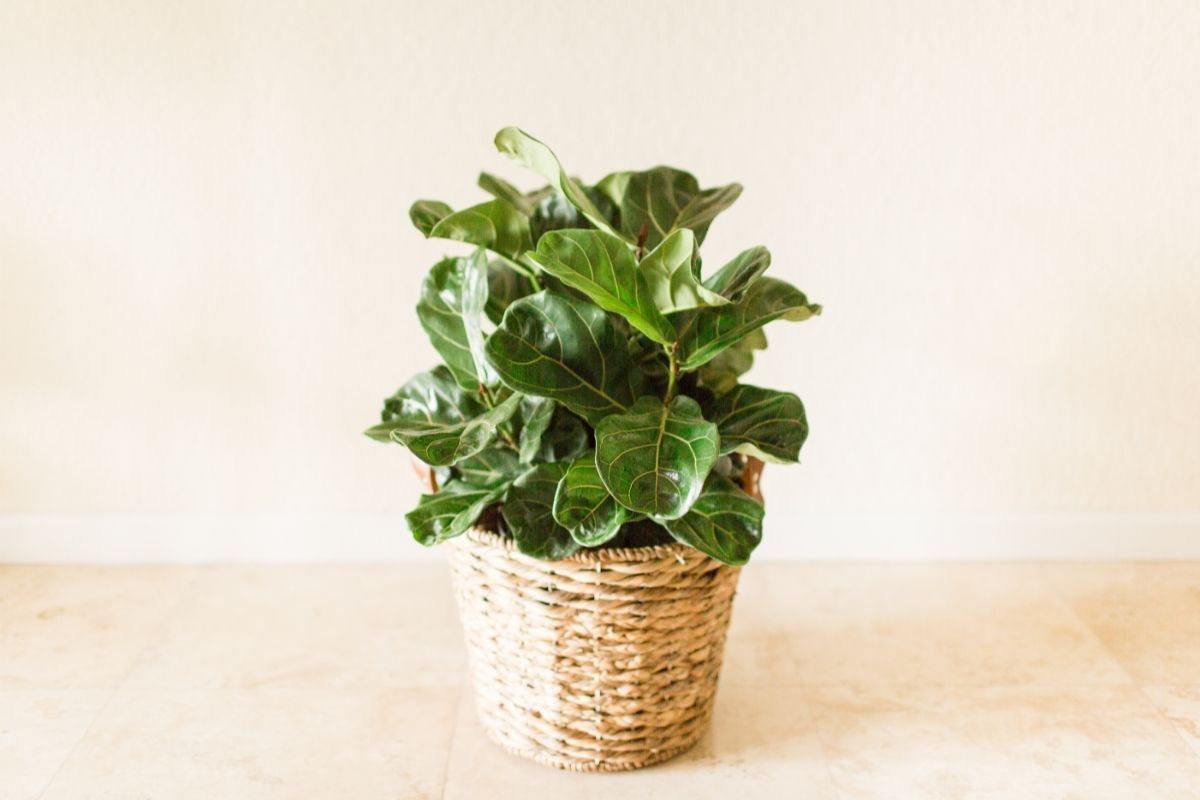As any dog owner will know, they will chew anything, especially when they are teething. Chewing something is also really good for their dental health, so it is no surprise that you are happy for him to chew every nook and cranny – well, apart from the shoes.
Whilst Fido does not know what is good or bad for him, you do.
However, there are times when you cannot be quite sure whether what they are chewing will harm them or not.
Bamboo is one of those items. It can look really attractive to a dog, especially because they can get a good grip on it with their teeth and pull at it.

If you are wondering whether bamboo is toxic to your dog, then you have come to the right place. Read on to find out all you need to know.
What Is Bamboo?
Bamboo, or Phyllostachys aurea as it is actually known, belongs to the family of Gramineae plants. There are around 10,000 different species, with the majority of them said to be the fastest ever growing woody plant that exists on earth.
To put it into perspective, it grows around 91 to 122 centimeters each day – that is a lot! This is also because it is such an easy plant to grow due to it being highly resistant to a number of pests, as well as only needing very little maintenance.
Most bamboo is put into two different groups: runners and clumpers. Whilst both will grow absolutely anywhere, the runners do well in a temperate climate. Whilst clumpers like tropical areas that are warmer best.
The main difference between both of these is their spreading rate. A runner will spread quickly once planted, whilst clumpers spread much slower and in thicker clumps, hence their names.
How Bamboo Is Used?
There are many ways for bamboo to be used because of the different species available, with some only being planted for aesthetic reasons only. This can be done both indoors and outdoors, making the plant extremely versatile.
Bamboo can grow as a lower plant or a taller one, with both of them being used in different ways. The lower bamboo can help to combat and control erosion, whilst the taller bamboo will help to block sound, as well as windbreaks.
It can also be used to construct items too, such as baskets and kitchenware, amongst various other things. It becomes a hardy material that is suitable for everyday objects.
Is Bamboo Toxic To A Dog?

If you have found your pooch chewing at some bamboo, then you will be pleased to know that real bamboo is absolutely safe for dogs to get their teeth into. You might be confused after hearing conflicting reports, but there is a good reason for that.
Whilst the leaves from bamboo can be beneficial to your dog because it contains protein, the ‘mimic bamboo’ is the type you will need to look out for. This version is toxic to your dog.
The ‘sacred’ or ‘heavenly’ bamboo which is known as Nandina Domestica looks a lot like bamboo, but it is not bamboo.
Your dog and yourself may be completely confused by this, so it is always worth making sure your dog does not chew on bamboo whilst out on a walk.
What Will Happen If My Dog Eats ‘Fake’ Bamboo?
The look-alike bamboo is an ever-green-colored shrub that changes depending on the season. Whilst pink around springtime, it changes to green in the summer, a bronze purple in the fall, and crimson in the winter.
Whilst it can look beautiful, the berries it has adorned on itself include cyanogenic glycosides.
If your dog were to ingest the berries, it may suffer from quite severe health issues.
Some of the symptoms are vomiting, stomach ache, increased heart rate and temperature, as well as potential respiratory failure.
If you think your dog has had a bite or two of this plant, then it is always worth going to your vet immediately to double-check.
A Dog’s Diet
Whilst plants can be included in your dog’s diet, this is not something you should be adding as a main diet staple. They are meat-eaters, and the majority of dogs will be fine with a meat-heavy diet.
This is because they need protein in their diet, alongside fats and carbohydrates. If plants were to be added to their diet, it is usually in cases where they need to supplement in specific minerals and vitamins that they are lacking.
Plants themselves will never provide a full diet for a dog, so they should never be given a plant-based diet, no matter how fine it is to do so if you are a human.
Why Are Plants Bad For A Dog?
If you are unsure whether a plant is okay to give a dog, then avoid doing so – in fact, do not do it at all unless asked by a vet, and even then they will be very specific. Some plants can be very toxic to a dog which can make them seriously ill.
Some of these include hibiscus, hydrangea, tulips, and daffodils, amongst others. Whilst bamboo does not make the list, it can be difficult to know whether it is real bamboo or not, so it is always advised to not let your dog chew on the plant.
Final Words
Whilst bamboo is believed to be a toxic plant to a dog that can cause them to become seriously ill, the bamboo itself is not to blame.
In fact, a dog can happily chew bamboo without any issues at all, with the protein in the leaves being quite beneficial for them due to it being made up of around 22 percent of the stuff.
What will make them ill is the ‘fake’ bamboo, a shrub plant that looks very much like bamboo, but is actually toxic to dogs. The berries the plant has can cause a number of horrible things, such as vomiting, stomach ache, and respiratory failure.
Whilst it is okay to let your dog chew bamboo if you suspect it was not what you thought it was, always seek advice from a vet as soon as possible to avoid your dog becoming seriously ill.
Having said that, it is always best to make sure your dog does not bite anything that looks like bamboo just in case it is the look-alike plant. It is always better to be safe than sorry, after all.
- Best Hanging Plant For Low Light - September 4, 2023
- Best Indoor Plants Florida - August 28, 2023
- Best Plants For Bathroom Smells - August 21, 2023








